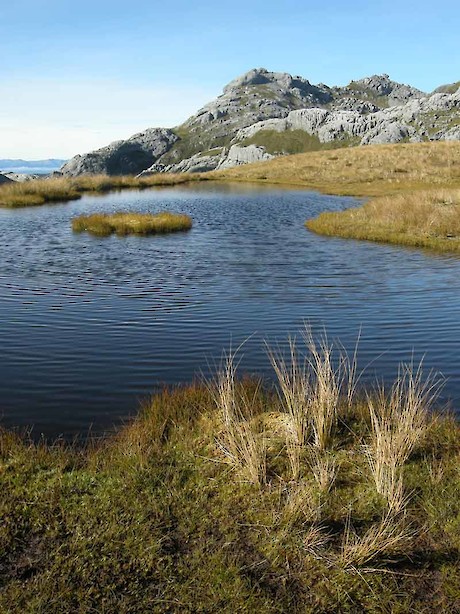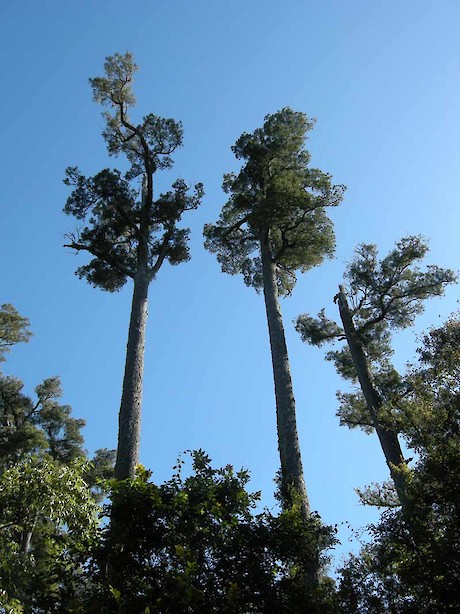

 A plant community is an assemblage of plant species growing together in a particular habitat. It is recognizable by its assemblage of plant species that interact with each other as well as with the elements of their environment and is distinct from adjacent assemblages.
A plant community is an assemblage of plant species growing together in a particular habitat. It is recognizable by its assemblage of plant species that interact with each other as well as with the elements of their environment and is distinct from adjacent assemblages.
Plant communities can vary in size from a small ephemeral wetland to a forest. In short, a plant community is the floral component of an ecosystem.
There are many kinds of plant community in New Zealand from kauri forests to coastal foredunes:
Plant communities are not static entities: rather they may vary in appearance and species composition from location to location and also over time. What makes each of these communities distinguishable is its general physiognomy or physical structure. This overall appearance is created by the particular species present, as well as their size, abundance, and distribution relative to one another.
Dominant species, those whose presence most influences the community environment and composition, are often the largest or the most abundant and may be a single species or several co-dominant species. Dominance may also be sociologic, expressed in the form of allelopathogens, chemical compounds manufactured by some plants that inhibit the growth and development of other species and/or seedlings of the same species within a certain distance. Community structure and distribution are dictated by the balance of environmental factors: soils, climate, topography, geography, fire, time, and humans and other living beings.
For more information about New Zealand plant communities see*:
- Wardle, P. 1991. Vegetation of New Zealand. Cambridge University Press, Cambridge.
- Newsome, P.F.J. 1987. The Vegetative Cover of New Zealand. National Water and Soil; Conservation Authority, Ministry of Works and Development, Wellington
*The Network is not responsible for the content of external internet sites
